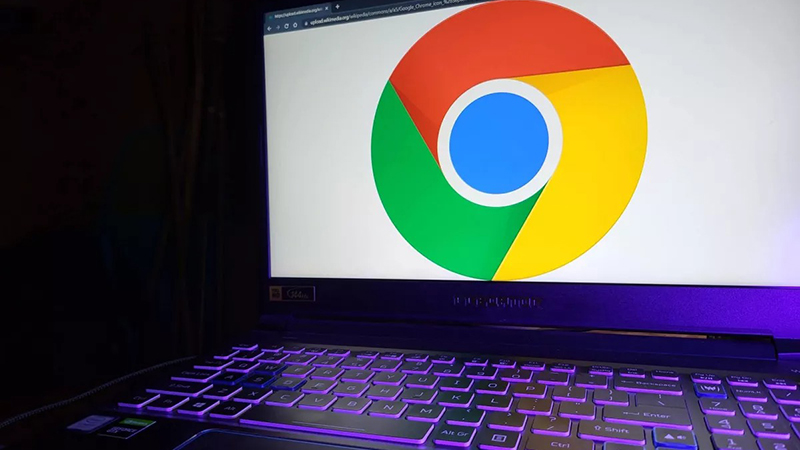
What you need to know
- Early signs in Chrome's code show new customization options for its Memory Saver feature for active and inactive tabs.
- It seems users will find three options: moderate, balanced, and maximum, which decide how "aggressive" Memory Saver acts toward tabs.
- Google has started testing a new "Browser Health" page for Chrome for analytics and recommendations on your memory and CPU usage.
Google has been spotted testing a new feature for Chrome that could give users more agency over its Memory Saver.
As spotted by Leopeva64 on X, the upcoming option will reportedly let users customize how "aggressive" Memory Saver is for active and inactive tabs (via Windows Report). Further digging showed that Chrome will display three options to users: moderate, balanced, and maximum. Moderate is said to strike a "balance" between the memory a tab is using and keeping "recently accessed" tabs active.
However, this entry option will make tabs inactive after a "long period of time."
Chrome's code shows that the Moderate and Maximum settings progressively shorten users' time to keep tabs active. Regarding the latter, the tipster notes that a tab's active time is much shorter, meaning users will likely face more tab reloading if chosen.
Maximum could be useful, especially if users use their computer's memory elsewhere for programs.
Tabs marked as "inactive" by Chrome's Memory Saver are seemingly in for a visual update. After enabling the appropriate flags, a new "inactive tabs appearance" settings toggle was discovered. Google's early description states that such tabs will have a circular dotted icon to encapsulate the site's icon.
As I said in another tweet, the option that would allow you to set the time before a tab is discarded in Chrome has been deprecated, but apparently Google will add another option that will allow you to configure the "aggressiveness" of the memory saver:https://t.co/QM3iAta2y2 pic.twitter.com/V4UbkzptvWMay 9, 2024
It's unclear when Google plans to roll out these customization options for Chrome's Memory Saver function. Developers at Chromium have mentioned updates for certain UI elements, meaning we're likely a bit of a way out from seeing it.
This isn't the only test Google is conducting for the sake of Chrome's health. It was spotted a couple of days ago that the browser is experimenting with a new "Browser Health" option. Early signs show the feature will be tossed into a dedicated "performance" panel in the main Chrome side menu.
It seems Google will offer health analytics for a user's browser, offering CPU and memory recommendations for improvement. Memory Saver and Battery Saver are said to join the upcoming Browser Health page when it rolls out.







